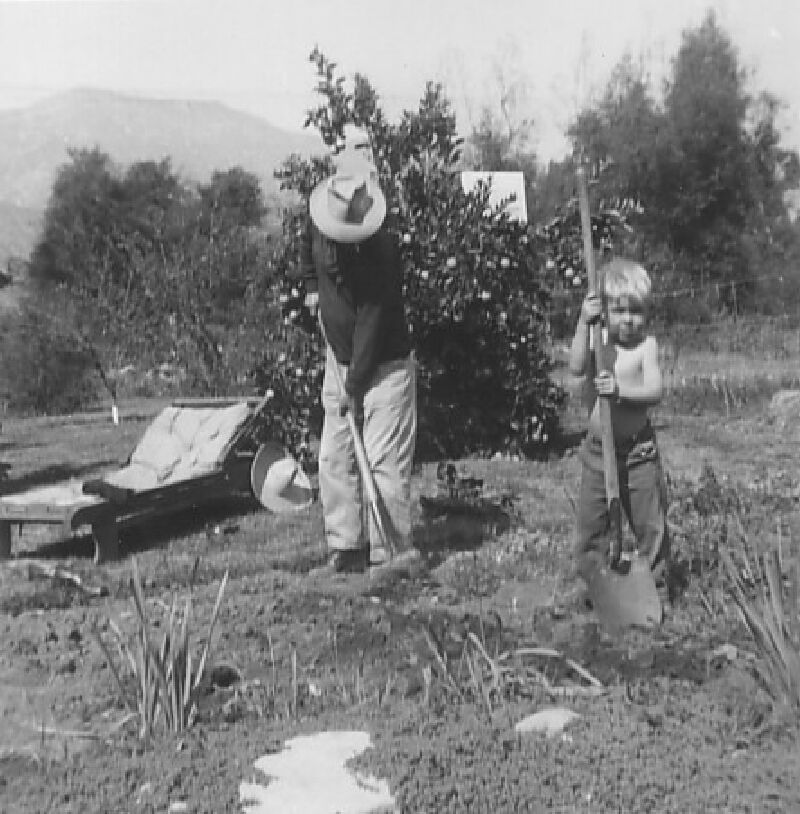Monday, Oct. 7, 1957. Sputnik. The Russians put a man into space before we did. Less than a year after Russian head of state Nikita Khrushchev’s “We will bury you” speech. Parents worried, teachers worried, and we kids worried too. I was nine and in fourth grade at Loyola School.
The cold war wasn’t just adult talk. It was kids’ talk too, and nightmares. Nuclear war. A mushroom cloud erupting over San Francisco, just 30 miles north of us. We had regular duck and cover drills at school. They told us about Hiroshima. We knew the detail of a human form burned into a surviving wall, people sizzled into dust in an instant. The threat was always there.
I remember being out on the back lawn in sleeping bags, two 10-year-old kids on a sleepover. We looked at the stars and talked. And we talked about whether one of those stars was a Russian missile about to destroy us all. And we scared the hell out of ourselves and couldn’t sleep for hours. That was just one night, one memory; it wasn’t unusual.
Our neighbors just above us up the hill installed a shelter in their back yard. We could see every detail of the installation. It was like a big tank, maybe half the space of a railroad tank car. They hired contractors to dig a huge whole. We saw the fallout shelters advertised often enough. Most of them had some kind of filter for air, and a bicycle for power, and months of stowable food. Mom and Dad silently disapproved. I wasn’t sure why.
There was a missile installation in the East Bay, just across the Dumbarton Bridge. The missiles were poised in launch position, pointing upwards. The threat was always there.
Fear of the Russians prompted a big push for education that changed the United States and blessed my generation. We had to beat the Russians. I was too young to have What started that day in 1957 means accelerated classes for me, as I benefited from dedicated and concerted tracking, from early on.
Throughout my years at Loyola School, third to sixth grade, we had the smart class, the sort-of-smart class, the middle class, the sort-of dumb class, and the dumb class. Every kid knew that and knew where they placed; and I’m pretty sure the parents knew it too. Our hierarchy was firmly established.
That continued for me through middle school and high school. That was the way of the world back in the fifties and sixties.

